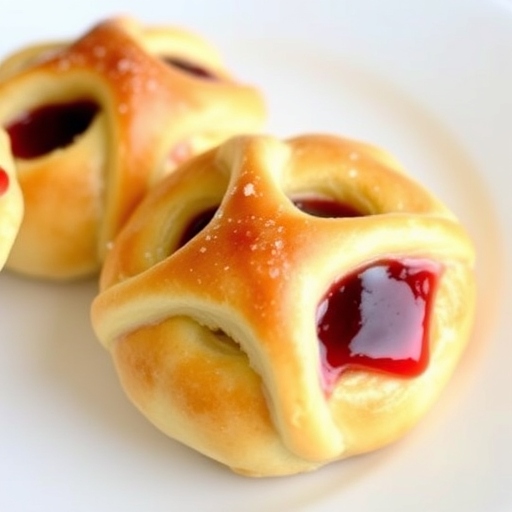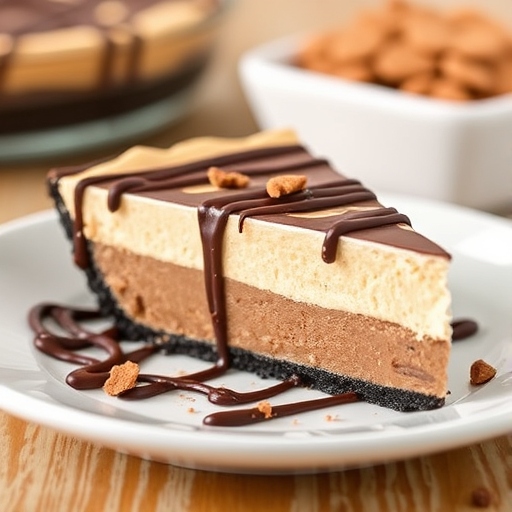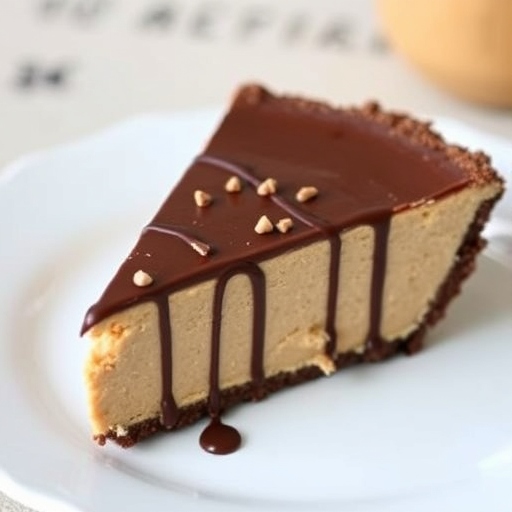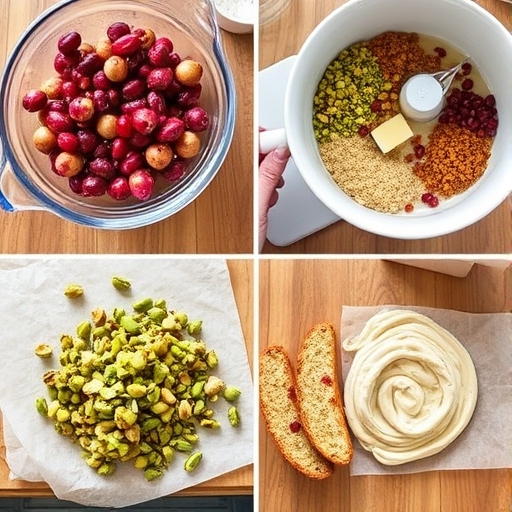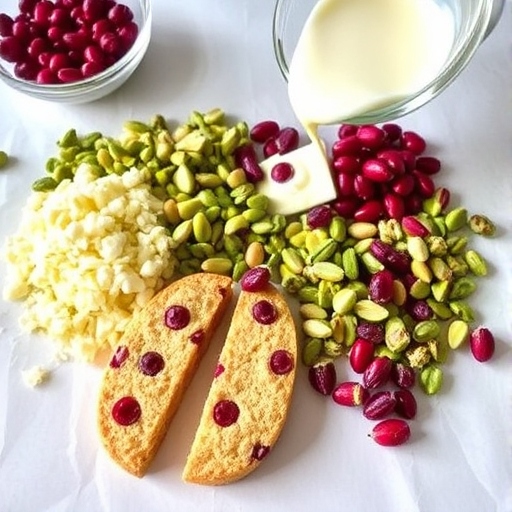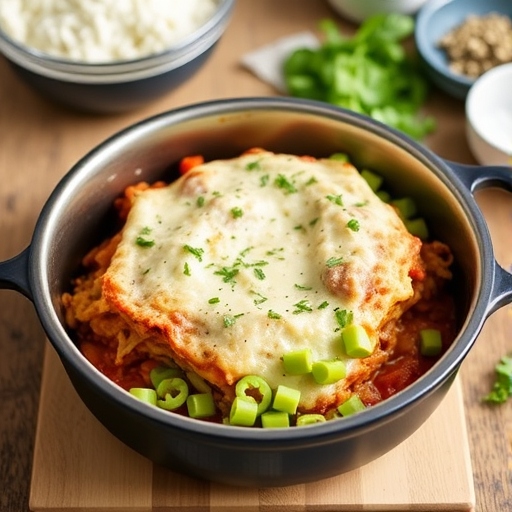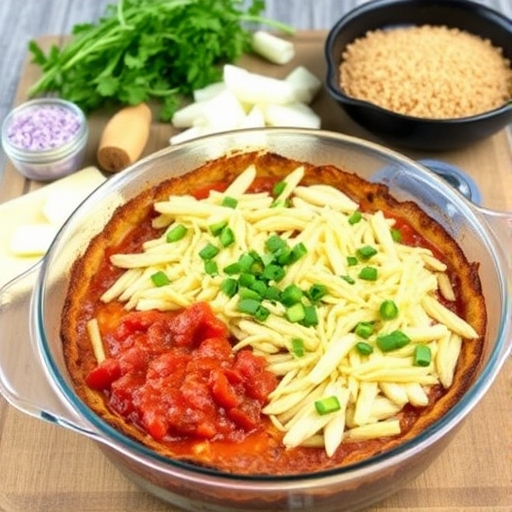Introduction
Garlic dinner rolls are a must-have for any meal. Soft, fluffy, and infused with the irresistible aroma of garlic butter, these rolls elevate any dinner spread. Perfect as a side dish or a standalone snack, they’re a guaranteed hit for family meals, holiday dinners, or potluck gatherings. This recipe is designed to guide you step-by-step in creating the most delectable garlic dinner rolls at home.
Table of Contents
1. The Story Behind Garlic Dinner Rolls
Dinner rolls have been a staple in American households for generations, often associated with warmth and comfort. Adding garlic butter takes these rolls to the next level, introducing a savory, aromatic twist. This recipe is inspired by traditional soft rolls but enhanced with a rich garlic infusion that makes them both unique and universally loved.
2. The Benefits of Making Your Own Garlic Dinner Rolls
- Freshness: Homemade rolls are free of preservatives and are best served fresh out of the oven.
- Customization: Adjust the level of garlic, add herbs, or even stuff them with cheese.
- Cost-Effective: Making rolls at home is far cheaper than buying gourmet ones from a bakery.
- Aromatherapy: The smell of freshly baked bread with garlic butter is unmatched.
3. Essential Ingredients for the Perfect Garlic Dinner Rolls
- All-Purpose Flour: The base for the rolls, providing structure.
- Milk: Adds moisture and richness to the dough.
- Butter: For both the dough and the garlic topping.
- Yeast: Active dry yeast helps the dough rise.
- Sugar: A small amount to activate the yeast and balance flavors.
- Salt: Enhances overall flavor.
- Garlic: Freshly minced for maximum aroma and taste.
- Egg: For a soft texture and a glossy finish.
- Parsley (Optional): For a touch of freshness and color in the garlic butter.
4. Cultural History of Ingredients
- Garlic: A culinary staple across cultures, garlic has been cherished for its flavor and medicinal properties since ancient times.
- Bread: A universal food, bread-making techniques have been passed down through generations and adapted to local flavors.
- Butter: Known for its richness, butter was once a luxury but is now a cornerstone of baking.
5. Equipment You’ll Need
- A mixing bowl
- Measuring cups and spoons
- A whisk
- A stand mixer with a dough hook (optional but helpful)
- A baking dish or sheet
- A pastry brush
- Parchment paper or non-stick spray
6. Step-by-Step Instructions for Garlic Dinner Rolls
Ingredients
For the Dough:
- 3 ½ cups (440g) all-purpose flour
- 1 packet (2 ¼ tsp) active dry yeast
- 1 cup (240ml) warm milk (110°F/43°C)
- 3 tbsp (40g) sugar
- 1 tsp salt
- 1 large egg
- 4 tbsp (60g) unsalted butter, softened
For the Garlic Butter:
- 4 tbsp (60g) unsalted butter, melted
- 3 cloves garlic, minced
- 1 tbsp fresh parsley, chopped (optional)
Directions
- Activate the Yeast:
- In a small bowl, combine warm milk, sugar, and yeast. Let it sit for 5-10 minutes until frothy.
- Make the Dough:
- In a large mixing bowl, combine flour and salt. Add the yeast mixture, softened butter, and egg. Mix until a shaggy dough forms.
- Knead the Dough:
- Knead by hand for 8-10 minutes or use a stand mixer with a dough hook for 5-6 minutes until the dough is smooth and elastic.
- First Rise:
- Place the dough in a greased bowl, cover with a damp towel or plastic wrap, and let it rise in a warm spot for 1-2 hours or until doubled in size.
- Shape the Rolls:
- Punch down the dough and divide it into 12-16 equal pieces. Shape each piece into a ball and arrange them in a greased or parchment-lined baking dish.
- Second Rise:
- Cover the rolls and let them rise again for 30-45 minutes until puffy. Preheat your oven to 375°F (190°C).
- Prepare Garlic Butter:
- While the rolls rise, melt butter in a small saucepan or microwave. Stir in minced garlic and parsley.
- Bake:
- Brush the rolls with a little garlic butter and bake for 20-25 minutes or until golden brown.
- Final Touch:
- Immediately brush the hot rolls with more garlic butter for an irresistible glaze.
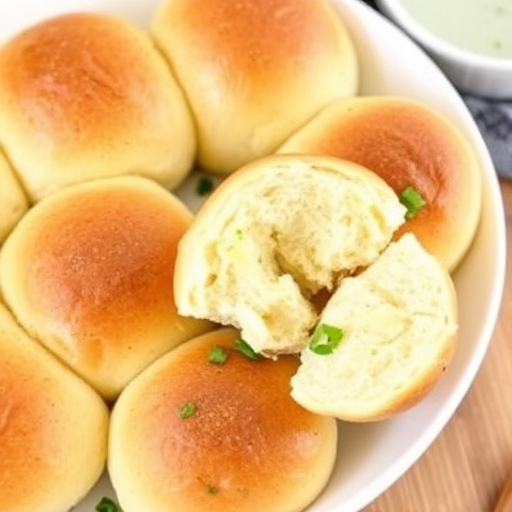
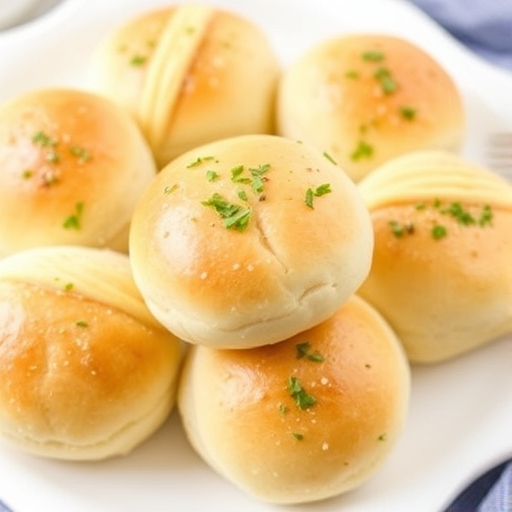
7. Suggestions for Serving and Storing
- Serving Ideas: Serve warm alongside soups, pasta dishes, or holiday meals. They also make excellent mini sandwich bases.
- Storing: Store in an airtight container at room temperature for 2-3 days. Reheat in the oven to refresh.
8. Chef Simon’s Tips for Garlic Dinner Rolls
- Use bread flour for even softer rolls if you prefer.
- Add grated Parmesan to the garlic butter for extra flavor.
- Don’t skip the second rise—it ensures the rolls are light and airy.
9. Emotional and Psychological Impact of Food
There’s something incredibly comforting about tearing into a warm, buttery dinner roll. The savory aroma of garlic paired with the soft texture brings joy and satisfaction to any meal.
10. Mindful Cooking Techniques
- Feel the dough as you knead, noticing when it becomes smooth and elastic.
- Focus on the aroma of the garlic butter as it melts.
- Appreciate the transformation during both rises.
11. Tips for Keeping the Recipe Fresh Longer
- Wrap rolls individually in plastic wrap and store them in the freezer for up to a month. Reheat directly in the oven for fresh rolls anytime.
- Avoid refrigerating as it can dry out the bread.
12. Advanced Culinary Terms and Techniques
- Proofing: The process of letting the dough rise to develop structure and flavor.
- Windowpane Test: A method to check dough elasticity by stretching it thin enough to see light through without tearing.
13. Healthy Ingredient Alternatives
- Replace butter with olive oil for a lighter version.
- Use whole wheat flour for added fiber.
- Substitute milk with almond or oat milk for a dairy-free option.
14. More Serving Ideas
- Top with sesame or poppy seeds before baking.
- Serve with a side of herbed cream cheese or garlic aioli.
- Use as a base for sliders or mini sandwiches.
15. Common Issues and Solutions
- Dense Rolls: Likely due to under-proofing. Solution: Ensure the dough doubles in size during both rises.
- Burnt Tops: Cover loosely with foil if the rolls brown too quickly.
16. Variations to Try
- Cheesy Garlic Rolls: Add shredded mozzarella or cheddar into each roll before baking.
- Herb Rolls: Mix dried rosemary or thyme into the dough for an aromatic twist.
- Spicy Rolls: Add red pepper flakes to the garlic butter for a hint of heat.
17. Nutritional Information and Health Benefits
- Calories: Approx. 150 per roll
- Carbohydrates: Provide energy for the day.
- Garlic: Contains antioxidants and promotes heart health.
18. The Art of Pairing Garlic Dinner Rolls
- With Soups: Tomato soup, clam chowder, or butternut squash soup.
- With Entrees: Roast chicken, steak, or pasta dishes.
- With Drinks: Pair with a glass of Chardonnay or sparkling water with lemon.
19. Weather and Recipe Outcome
On humid days, the dough may rise faster due to warmth. Conversely, in cooler weather, you might need to extend rise times slightly.
20. Other Bread Recipes to Explore
- Classic French Baguette
- Rosemary Focaccia
- Sweet Hawaiian Rolls
21. Focus on Tools and Equipment
- Use a stand mixer for effortless kneading.
- Invest in a high-quality pastry brush for even butter application.
22. Frequently Asked Questions (with answers)
Q: Can I make these rolls ahead of time?
A: Yes, you can refrigerate the dough overnight after the first rise and bake fresh the next day.
Q: Can I use instant yeast?
A: Absolutely, just skip the activation step and mix it directly into the flour.
Q: Why are my rolls not fluffy?
A: Ensure the yeast is fresh and the dough is given enough time to rise properly.
Conclusion
Garlic dinner rolls are more than just a side dish—they’re a versatile, crowd-pleasing addition to any meal. With their soft texture, rich buttery flavor, and aromatic garlic infusion, they can transform an ordinary dinner into a memorable feast. Whether you’re a seasoned baker or trying homemade bread for the first time, this recipe provides a foolproof guide to creating perfect garlic dinner rolls. Gather your ingredients, embrace the process, and enjoy the reward of warm, fluffy, and flavorful rolls fresh out of your oven.
Get creative with variations, pair them with your favorite meals, and don’t forget to share them with loved ones—it’s the perfect way to make any gathering special. Happy baking!
Thank you for visiting SqueezyRecipes! We’re dedicated to making cooking enjoyable and accessible for everyone, regardless of your skill level. Chef Simon is always ready to share the best recipes that bring a creative touch to your daily meals. With each visit, you’ll discover new recipes and innovative ideas that cater to every occasion. Don’t miss out on exploring SqueezyRecipes for the latest delicious dishes, and feel free to leave your feedback and share your experiences with the recipes you’ve tried. Cooking together makes everything better!



